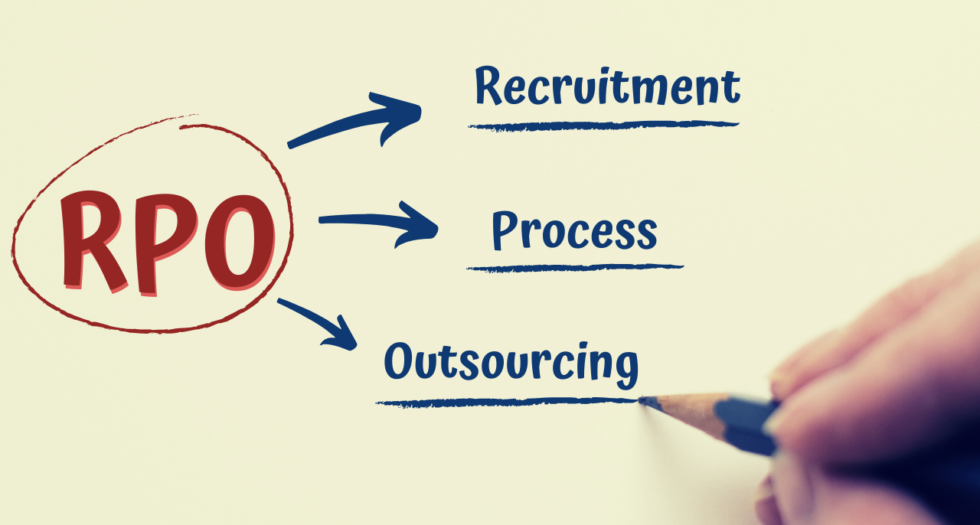
In today’s competitive job market, finding and retaining top talent is a paramount concern for businesses. Recruitment Process Outsourcing (RPO) has emerged as a strategic solution to help organizations streamline their hiring processes and gain a competitive edge. In this blog post, we’ll delve into the best practices that can elevate your RPO strategy, ensuring you attract the best candidates and build a robust talent pipeline.
1. Clear Understanding of Business Needs
Before embarking on an RPO journey, it’s crucial to have a comprehensive understanding of your organization’s goals and staffing needs. Clearly define the skills, experience, and cultural fit you’re looking for in candidates. This clarity will guide your RPO partner in their efforts to find the right talent.
2. Strong Partnership with RPO Provider
Selecting the right RPO provider is half the battle. Establish a partnership built on trust and communication. Regular meetings, feedback sessions, and a collaborative approach will ensure alignment between your organization and the RPO provider.
3. Data-Driven Decision Making
Leverage data analytics to inform your hiring decisions. RPO providers have access to vast amounts of data that can help you identify trends, assess candidate quality, and optimize your recruitment strategy. Use this data to make informed, data-driven decisions.
4. Streamlined Recruitment Process
Simplify and streamline your recruitment processes to minimize bottlenecks and reduce time-to-hire. RPO can help identify areas where efficiency can be improved, such as in resume screening, interview scheduling, and onboarding.
5. Candidate Experience Matters
A positive candidate experience is essential for attracting top talent. Ensure that the recruitment process is transparent, respectful, and user-friendly. Candidates who have a good experience, even if they aren’t selected, are more likely to refer others or reapply in the future.
6. Employer Brand Enhancement
Collaborate with your RPO provider to enhance your employer brand. Showcase your company culture, values, and unique selling points to attract candidates who align with your organization’s mission.
7. Continuous Improvement
Regularly assess and optimize your RPO strategy. Feedback loops, performance metrics, and post-placement evaluations can help identify areas for improvement. Continuous improvement ensures your RPO strategy evolves to meet changing business needs.
8. Compliance and Diversity
Stay vigilant about compliance with relevant labor laws and regulations. Additionally, prioritize diversity and inclusion in your hiring practices. A diverse workforce brings a wealth of perspectives and talents to your organization.
9. Scalability and Flexibility
RPO should be flexible enough to adapt to changing hiring needs. Whether you’re expanding or downsizing, your RPO provider should be able to scale their services accordingly.
10. Communication and Transparency
Open and honest communication between your organization and your RPO provider is essential. Regularly share feedback, concerns, and expectations to ensure alignment and success.
Conclusion
Recruitment Process Outsourcing (RPO) is a strategic solution that can revolutionize your talent acquisition efforts. By adhering to these best practices, you can optimize your RPO strategy, attract top talent, and build a talent pipeline that positions your organization for success in today’s dynamic job market.
